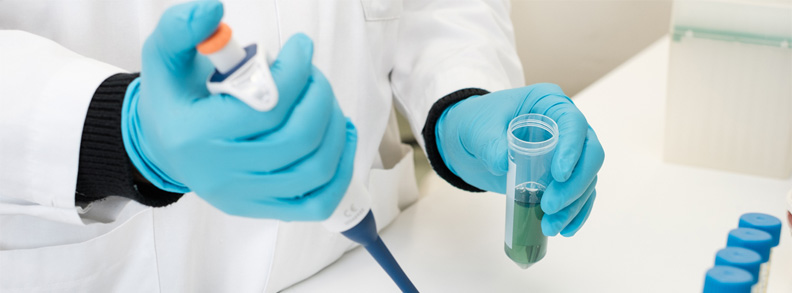Clinical development
Clinical development involves four distinct phases, each with its own specific goals and requirements.
Phase I studies usually employ small groups of healthy volunteer subjects. In the first Phase I clinical trials, small ascending single doses of the drug are given to subjects in order to obtain information on the safety, tolerability and pharmacokinetic properties of the drug in humans. Also, if suitable biomarkers are available, they may be used as surrogate efficacy endpoints to generate information on the pharmacodynamics and optimal dosage of the drug candidate.
Phase II studies are performed on patients who have the targeted disease. The purpose of these studies is to evaluate the possible therapeutic effects of the candidate drug, and to continue Phase I safety evaluations in patients with the disease or condition under study.
The goal of Phase III studies is to assess the efficacy, effectiveness and safety of the drug on several thousands of patients in a real-life clinical setting. This phase is essential in determining whether the drug is safe and effective. If the drug candidate is successful in Phase III clinical trials, a new drug application may be submitted to regulatory authorities.
Post-marketing surveillance, also known as Phase IV trials, is also an important phase of drug development. Its purpose is to evaluate the true safety profile of the drug in large-scale use. During this phase, as the drug is used by large patient populations, new rare or long-term side effects may be detected, and real-world data of the therapeutic value of the drug can be collected.



